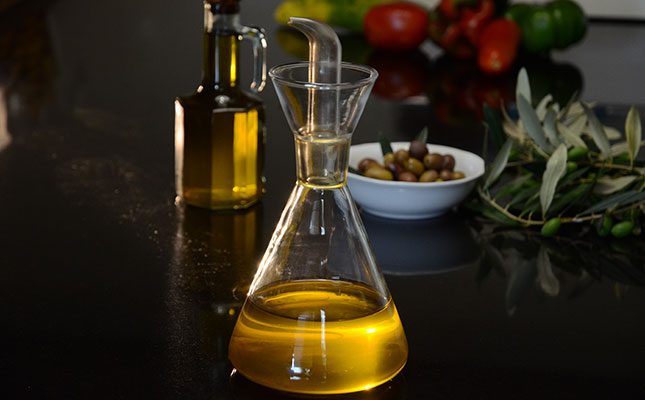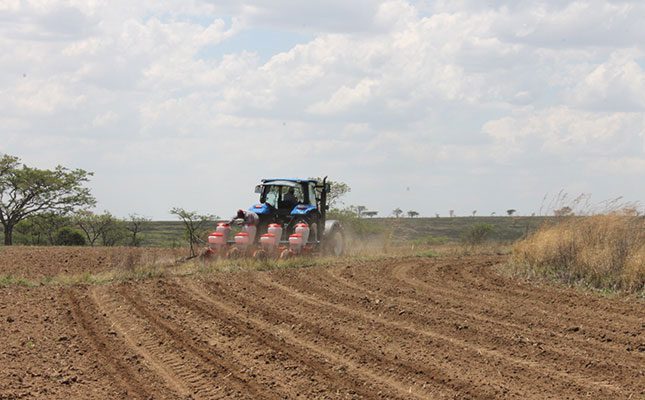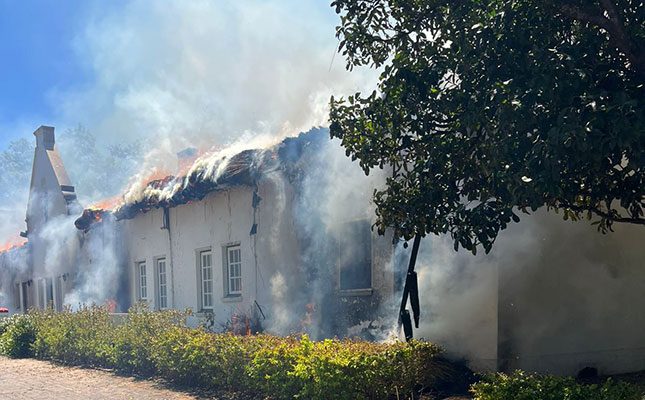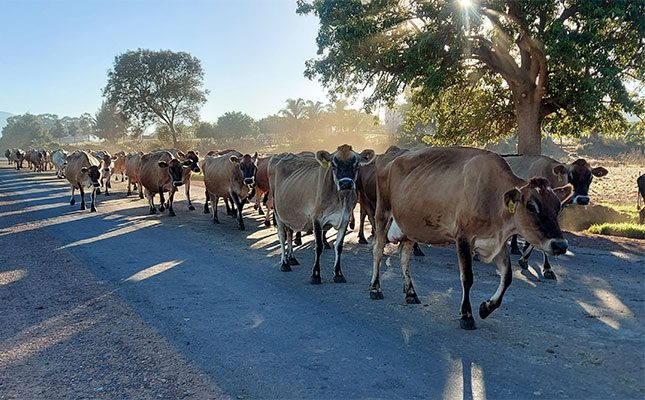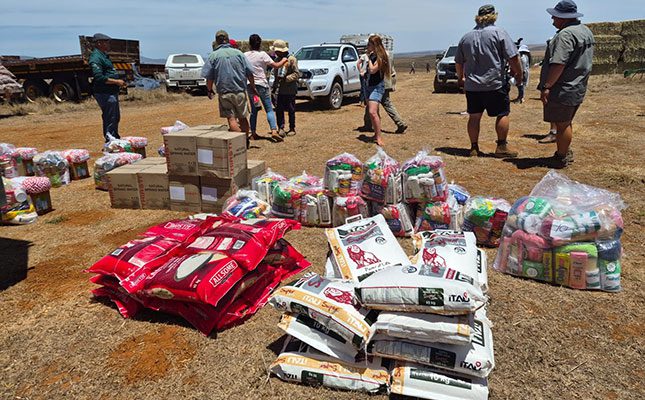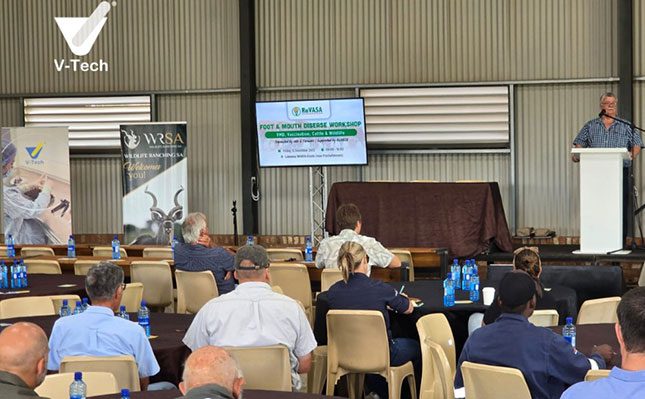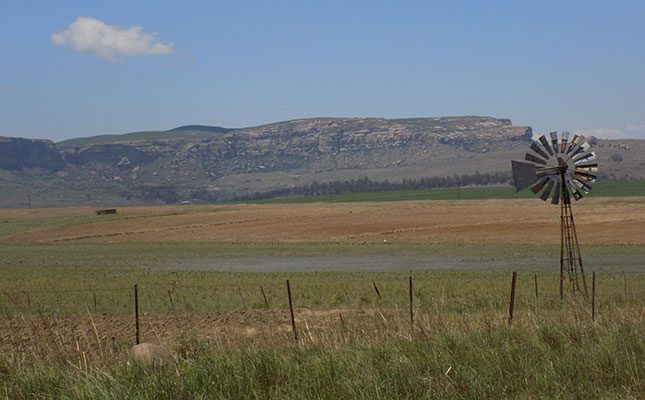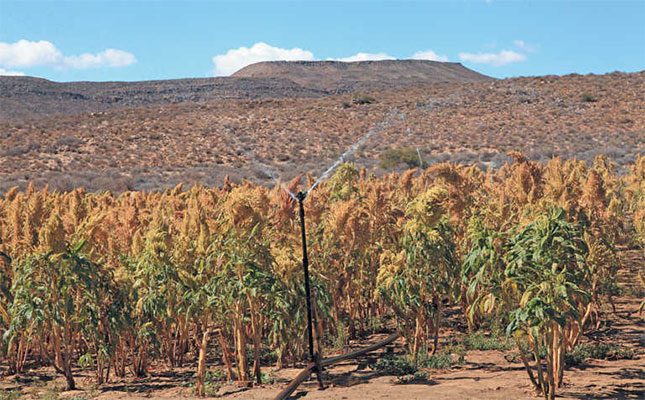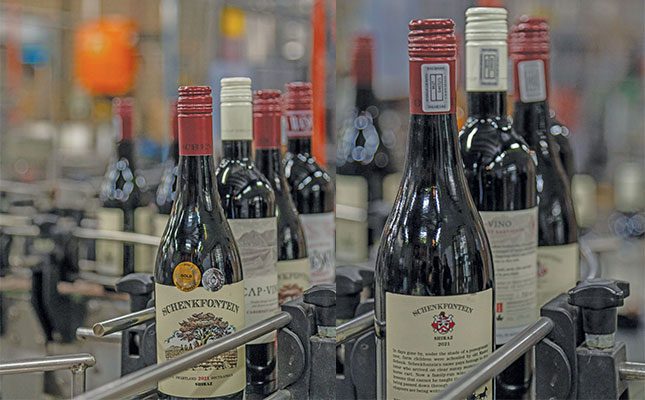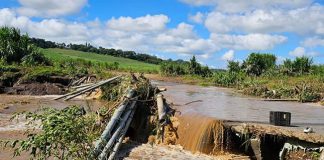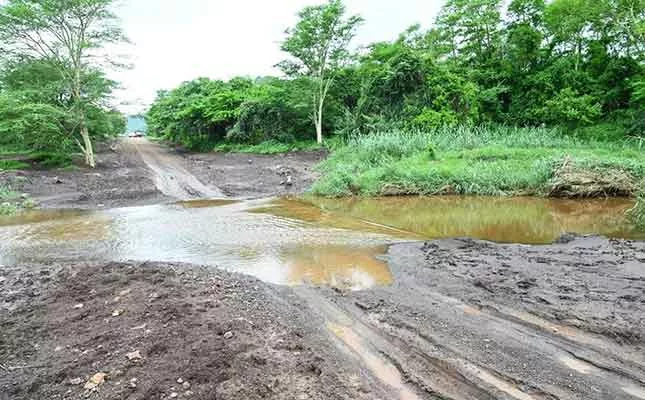
Photo: Facebook | KZN Department of Agriculture and Rural Development
This was revealed by Thembeni Madlopha-Mthethwa, KZN MEC for Agriculture and Rural Development, who was speaking at a debate in the KZN Legislature last Thursday.
The damage, according to Madlopha-Mthethwa, has been predominantly faced by KZN’s small-scale and emerging farmers, with many reporting that entire harvests were washed away during the floods that battered the province in January and March this year.
READ KZN floods put strain on farmers
Addressing the Legislature, Madlopha-Mthethwa said the affected farmers lacked insurance or financial cushioning, making recovery nearly impossible without government support.
She also said the crisis extended beyond farm gates and threatened the province’s food security.
Calls for disaster relief fund
“These farmers form the backbone of food production in many of our rural communities. Yet, despite these significant losses, they have not received any compensation from government. Their livelihoods remain under threat, and so too does the broader agriculture sector,” she said.
Madlopha-Mthethwa called for the creation of a ring-fenced disaster relief fund and the rollout of climate resilience programmes. She also appealed to the provincial government to intervene urgently with financial aid, support programmes, and disaster mitigation measures.
“That means not only offering immediate relief but also investing in resilience, training, and infrastructure that can withstand future storms,” she said.
Speaking during the debate, DA agriculture spokesperson Sakhile Mngadi said farmers were being left destitute while waiting for relief.
READ Getting flood irrigation right
“Compensation by the provincial government has not reached these farmers. They continue to wait while debts mount, workers are retrenched and communities slip deeper into poverty. This is not only a farming problem, it is also a provincial crisis.”
As a result, the DA has proposed the establishment of a Provincial Agricultural Disaster Risk and Recovery Fund, a fund that is transparent and insulated from political influence.
According to Mngadi, the fund would seek to compensate verified disaster losses quickly and fairly, with an explicit target of paying out 80% of claims within 30 days.
“It will also invest in resilience including drought-resistant seed, water infrastructure, livestock health and cold-chain systems and publish every transaction online so that farmers and citizens can see who is paid, when and what the payment is for.”
To finance this, the DA has suggested government uses what already exists more wisely.
“A fixed allocation [can be made] from state investment dividends and lease revenues on provincial agricultural assets. If government invests on behalf of its people, then a portion of those returns must be reinvested to protect the very people who create our food security.”
The IFP, EFF, MKP, NFP, and ANC MPLs also weighed in, calling for a mix of short-term relief and long-term adaptation strategies, including climate-smart agriculture, subsidised insurance schemes, improved drainage systems, and early warning technologies.
Farmer stories
Despite the debate, farmers on the ground, in the meantime, are no better off.
Nkosingiphile Nhlenyama is a small-scale sugar cane grower near the Jozini Dam in the uMkhanyakude District in northern KZN. He farms a total of about 6ha and sustained repeated damage to 2,5ha of sugar cane since the first major flooding in April 2022.
“I’m still waiting for help. I’m a small-scale farmer and I don’t have the funds to clear the damaged cane and replant over and over again. Government was supposed to help us, but many of us are still waiting,” he told Farmer’s Weekly.
He said while he has managed to put in place some mitigation measures, his farm is on the banks of the dam, which means only so much can be done.
“We know the risk, but because of where we are on the banks of the dam, there’s always a chance of flooding. But because we’re small-scale and use the dam for irrigation, we have few options. We’ll just have to deal with what comes when it comes,” Nhlenyama said.
KZN North Coast sugar cane farmer Mahen Reddy said his farm was damaged in the tornado that struck the area in June last year. Repeated flooding this year in Tongaat, where his farm is located, has made recovery difficult.
He told Farmer’s Weekly that while he has been able to slowly rebuild the damage to his farm, infrastructure and home, the help that was promised by government was never seen.
“As we started to rebuild, the flooding during the early part of the year in Tongaat took us back some. The entire town lies on a flood plane and we have had to endure devastation after devastation.
“I do not even know if we will ever see this help. We could not wait, we had to go on and rebuild. I cannot rely on government. Thankfully I had insurance, but I know so many small farmers around me who did not. Some of them even decided to close their farms because we kept getting flooded. I think it might even be too late now for help; I won’t hold my breathe,” he said.

